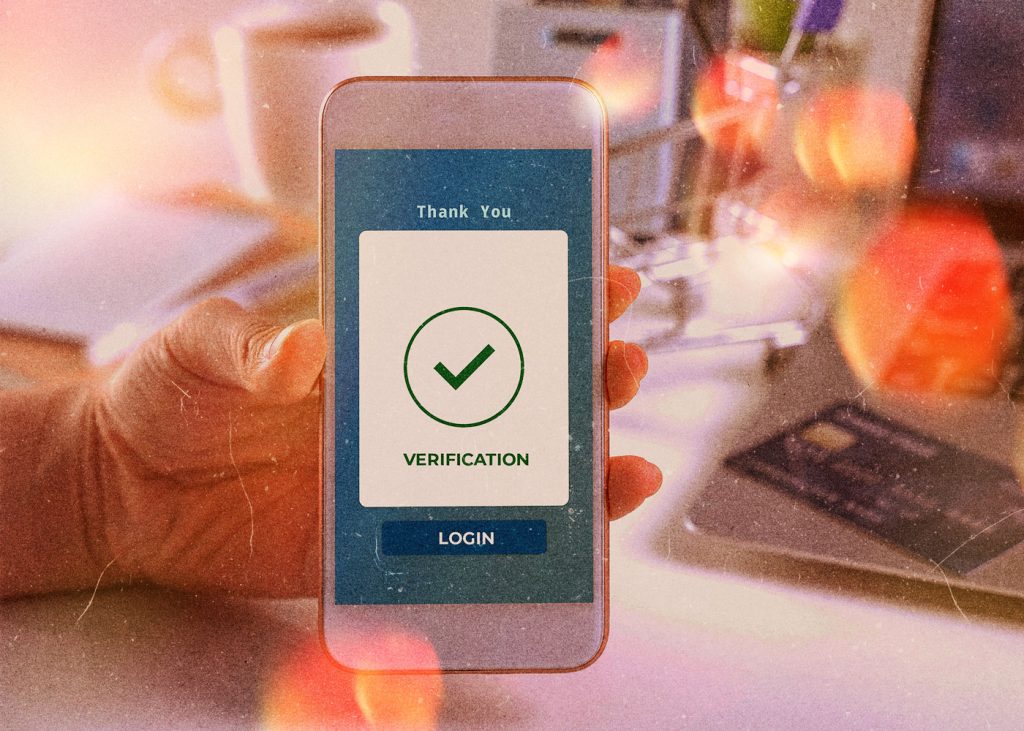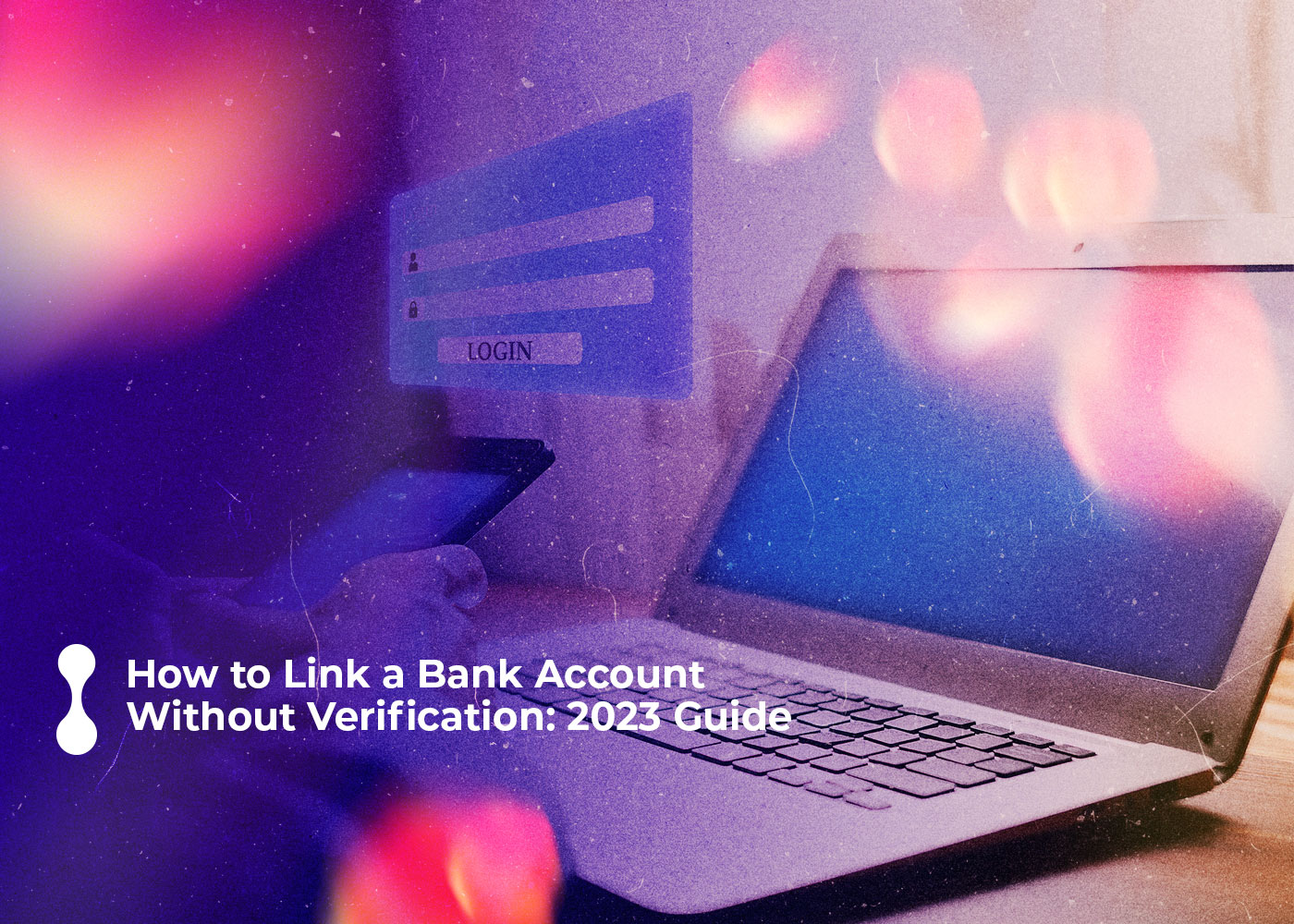Are you interested in banking but don’t know how to link a bank account? In the world of digital banking, it’s important to understand the various procedures and protocols for connecting your online accounts and services. Many banks are transitioning from traditional verification processes that can take days or weeks to complete using manual paperwork. Fortunately, due to advances in authentication technology and fintech solutions, linking a bank account without verification has become increasingly accessible — this 2023 guide will show you the safe steps you can take now to get started.
What Is Verification and Why It Is Important in Banking?
When you access banking services or products, verification ensures your identity and the authenticity of those requests. This process entails collecting necessary data such as name, address, date of birth, social security number, etc., and then conducting a background check for added protection. By doing this, we can guarantee that all account holders are legitimate entities so that they enjoy their banking experience without any worries.
Ensuring the authenticity and accuracy of customer data is essential in banking, especially in reducing the risk of fraud, money laundering, or other criminal activities. Financial institutions must adhere to legal requirements by implementing verification procedures that protect their customers’ interests. Banks can avert fraudulent transactions and financial crimes when they authenticate account holders — safeguarding themselves and those who entrust them with their finances.
Verification is an integral part of ensuring financial transactions are accurate and reliable. Consider this: if a customer creates an account with false details, it could lead to discrepancies in their records which should be avoided at all costs! This is why verification remains important – by double-checking that the information provided by customers is up-to-date and factual, we can guarantee fewer mistakes in our system.

Is It Possible to Link a Bank Account Without Verification?
Financial institutions have established stringent regulations to protect against unauthorized activity, and bypassing the verification process for linking a bank account may violate such policies. Neglecting to verify your information before connecting a bank account can put your finances at risk — malicious individuals could gain access to confidential data if you are not properly protected. Therefore, it is strongly advised that all necessary steps for verification are taken before creating any connections with banking accounts.
Knowing that various financial institutions demand confirmation before linking a bank account to third-party applications or services is essential. Such verification might consist of offering proper identification documents and confirming personal information for the safety of monetary transactions.
Ready to get rid of two-factor authentication (2FA)? It’s a breeze! All you have to do is log into your bank’s app or website, navigate to the settings section then find “Security.” There, you’ll locate Two-way Verification” and promptly disable it. Get ready for an extra layer of security that won’t slow down account access times.
If your banking application lacks this feature, you may need to individually contact the bank to disable two-factor authentication. To do so, certain banks may require an explanation and/or written assurance for any given activity to be done.
How to Link Bank Accounts From Different Banks:
If you want to link your bank accounts from different banks, the method required may depend on which two financial institutions are involved. Follow these general steps as a guide:
- Identify the accounts: Decide which accounts you want to connect and where they’re held with your financial institutions.
- Choose a linking method: To link bank accounts, you have a variety of options to choose from, such as mobile banking apps, online banking systems, or calling the customer service center. Find an option that works best for you and is accepted by both banks.
- Provide necessary information: Depending on the connection method and who your banking establishment is, it’s likely that you will have to provide details like account numbers, routing numbers as well as personal information to authenticate your identity.
- Follow the prompts: After supplying the necessary details, simply follow the instructions to finish connecting your accounts. This may include agreeing to any applicable terms and conditions or authorizing account linking.
- Confirm the link: Once the connection process is wrapped up, make certain to confirm that both accounts have been connected properly. Make sure to check your account balances and transaction history to affirm that a successful link has been made.
It is vital to remember that the linking of accounts from banks may differ depending on which financial institutions are involved, and some of them could charge a fee for this service. Thus, it’s advisable to have conversations with your bank representatives and follow their directions precisely in order to guarantee an effortless and secure process.
Conclusion:
Linking a bank account without verification is not impossible and can be made easier with the help of the right information, resource, and support. We’ve taken a deep dive into how to link a bank account without verification in 2023 and provided you with plenty of useful direction for streamlining this process. Whether you choose to link your accounts via manual or automated methods, it is important to diligently follow the instructions, double-check all security measures, and ensure all bank requirements are fully met. This comprehensive guide has set you up with the necessary knowledge on how to link a bank account without verification, so the rest is up to you! You now have the power to execute linkage smoothly and ensure compliance. It’s time to get started – good luck!
